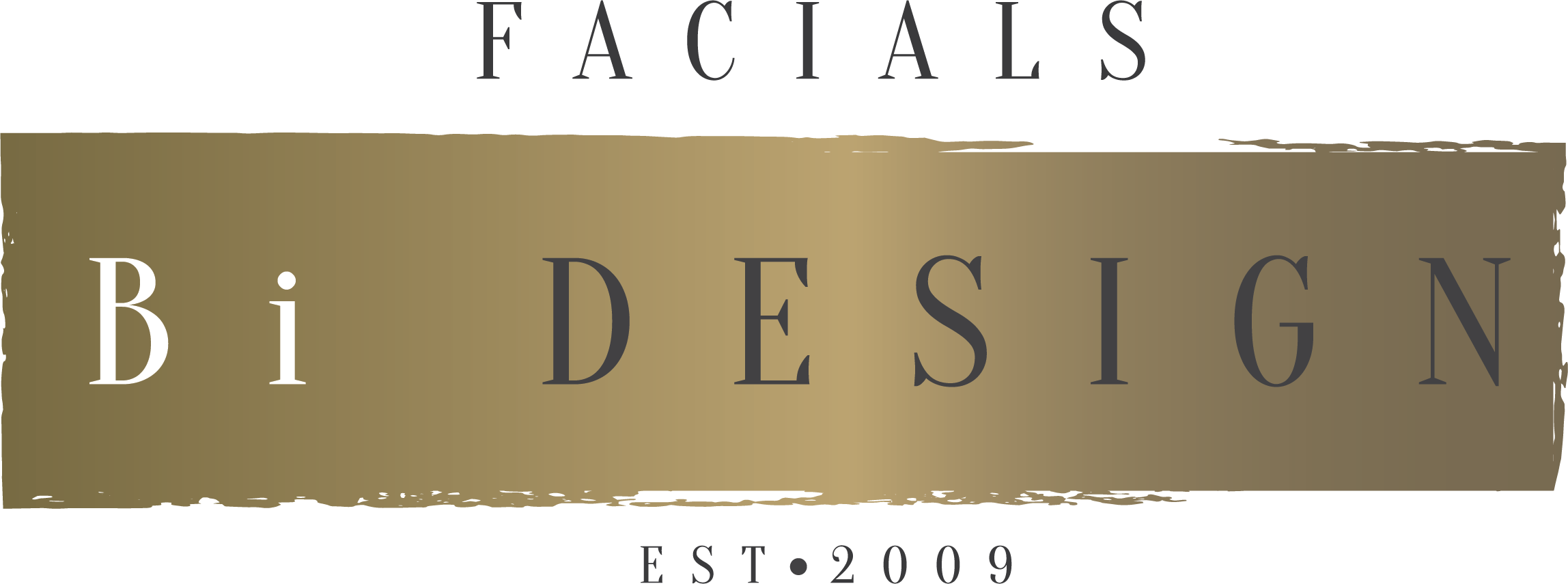Treating Bacne
How to Treat Back Acne
While genes and hormonal fluctuations are generally the cause of back acne, you can take steps to control it.
By Krisha McCoy
Medically Reviewed by Lindsey Marcellin, MD, MPH
Your face isn’t the only place where acne can appear. It can affect any body part that has oil-secreting glands or hair follicles, including your back, chest, and shoulders.
Back acne — sometimes referred to as “bacne” — can be particularly troublesome.
While 92 percent of people with acne have facial acne, 60 percent have back acne and even chest acne. Having acne on your back and chest is a sign that your acne is more likely to be severe.
Your back, like your face, has numerous sebaceous glands that secrete sebum, an oily substance. Sebum, along with dead skin cells and bacteria, can build up in the hair follicles on your back and clog them. A clogged follicle eventually breaks down and forms an acne lesion.
Types of Back Acne
The types of acne lesions that can occur on your back include:
• Whiteheads.
Whiteheads, also referred to as closed comedones, develop when a plugged follicle stays closed and underneath your skin, forming a white bump.
• Blackheads.
When a plugged follicle is located on the surface of your skin and is open, it forms a blackhead, also referred to as an open comedone. The black-tip appearance of blackheads is due to a reaction between sebum and the air, not because dirt has filled your follicle.
• Papules.
Acne lesions that appear as small pink bumps on your skin and are sometimes tender are called papules.
• Pustules.
Also called a pimple, a pustule is a white or yellow pus-filled papule with a reddened base.
• Nodules.
When an acne lesion develops deep below the surface of your skin, it can harden and form a large, painful nodule.
• Cysts.
Cysts are larger, pus-filled acne lesions that are very painful and can scar the skin.
Preventing Back Acne
You can't always control whether you get back acne, because the main factors that predispose you to developing bacne — hormonal fluctuations and genetics — are out of your control.
But you can reduce your chances of developing future back acne lesions by:
• Avoiding certain medications. Some drugs, including androgens (male hormones) and lithium, are known to increase your chances of developing acne. If you are taking any of these medications, talk with your doctor about possible alternative treatments.
• Limiting your use of oil-based skin care products. Try not to use moisturizers, cosmetics, sunscreens, and any other oily products on your back, because they can lead to back acne flare-ups. Also, look for products labeled non-comedogenic, meaning that they don’t promote blackheads.
• Eliminating pressure on your back. If you carry a backpack or wear sports equipment, like shoulder pads, that places pressure on your back, try not wearing it for a while or, alternatively, wear a clean cotton T-shirt under it. Prolonged pressure and friction from these objects on your back can trigger certain types of back acne breakouts, called acne mechanica.
Treating Back Acne
If you already have back acne, you can help manage it by:
• Trying an over-the-counter treatment. These products can be used to control mild back-acne flare-ups and include ingredients such as benzoyl peroxide, resorcinol, salicylic acid, and sulfur.
• Practicing good skin care. When you have back acne, it’s especially important to properly care for your skin. This includes regularly washing your skin with a gentle cleanser, taking a shower after you exercise, keeping your hair clean (make sure you thoroughly rinse off any hair conditioner in the shower), not squeezing or picking back acne lesions, and avoiding excessive sun exposure.
If these measures aren’t clearing up your bacne, see a dermatologist. This skin specialist can evaluate your back acne and prescribe medications to help control it, if necessary.
